Canada has always had a few automotive preferences that leave the rest of the world scratching its head. From humble hatchbacks that thrive in harsh winters to obscure imports that never gained traction south of the border, Canadians have a long-standing love for practicality, durability, and value, even if it comes at the cost of global popularity. Whether it’s due to rugged reliability or sheer affordability, these vehicles have found a surprisingly strong fan base in Canada alone. Here are 21 cars that only Canadians seem to love, but the rest of the world doesn’t:
Pontiac Aztek
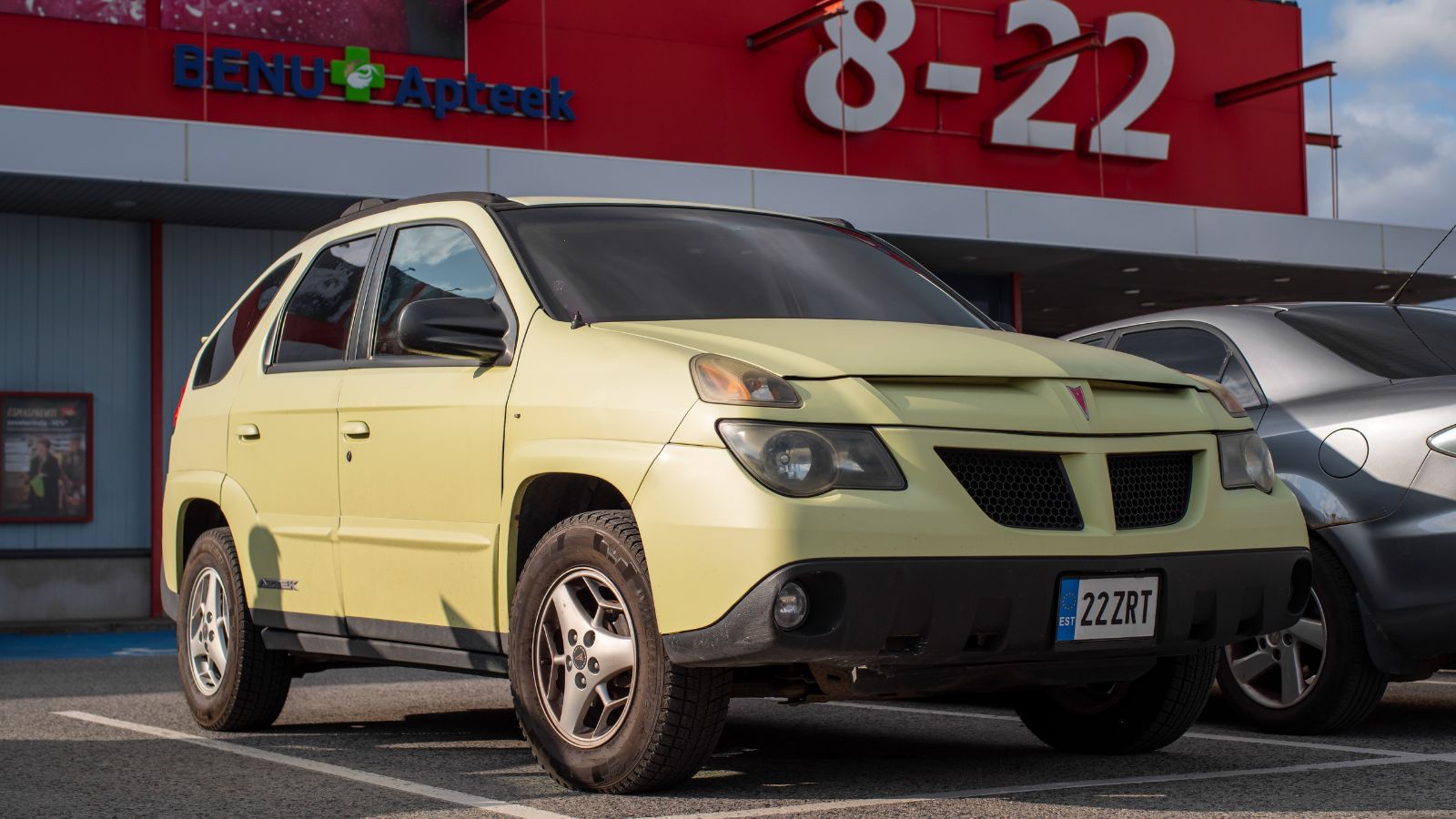
While the Aztek is widely mocked in the U.S. for its bizarre styling, Canadians quietly appreciated its practicality. With standard all-wheel drive on many models, fold-flat seating, and an optional camping package that includes a tent and air mattress, it proved surprisingly well-suited for outdoor adventures. In a country where utility often trumps looks, the Aztek found its niche, and it is not uncommon to still spot one hauling gear in cottage country. Though critics labeled it one of GM’s ugliest flops, some Canadian drivers saw it as a functional and quirky crossover ahead of its time.
Chevrolet Optra
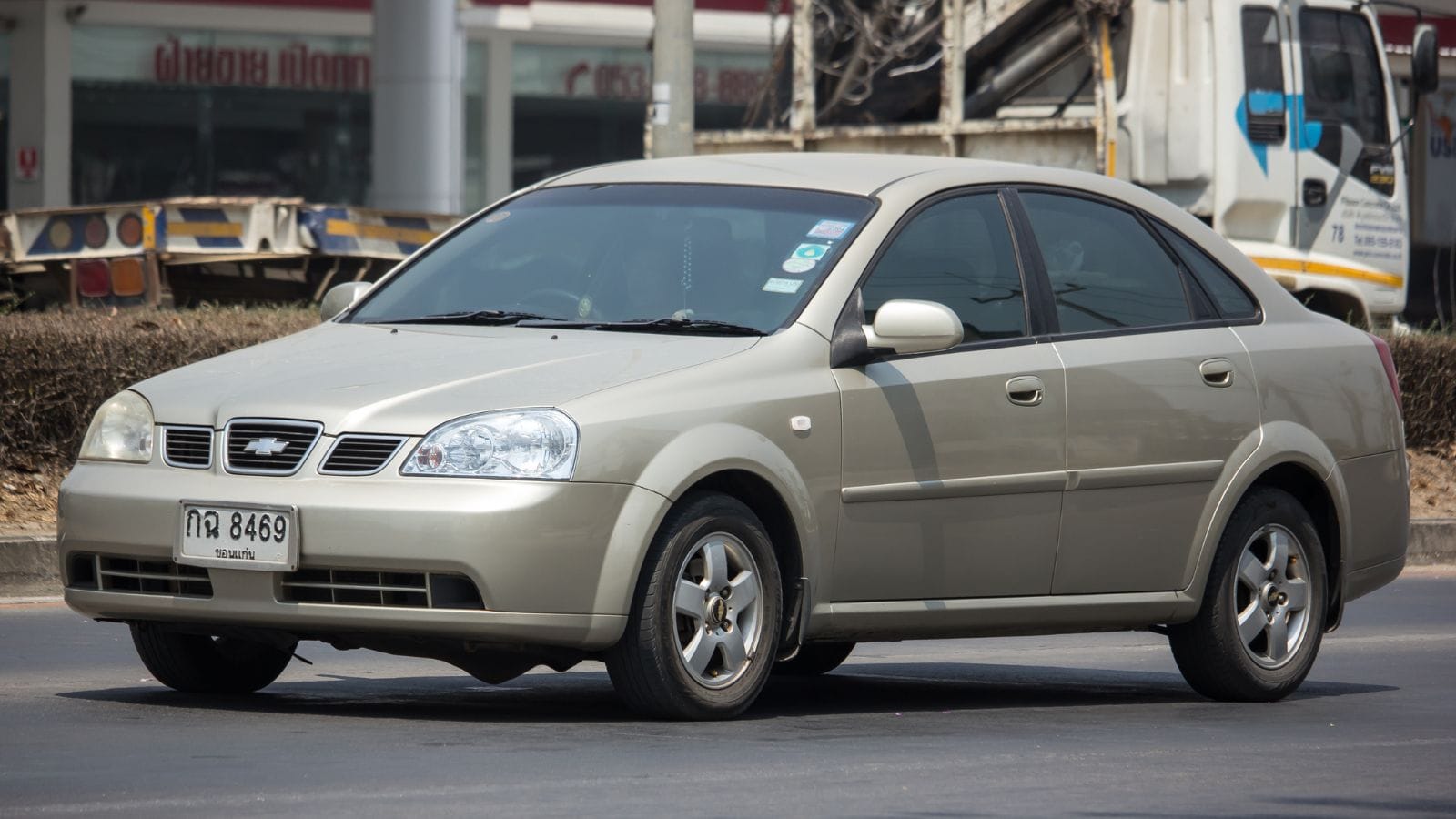
The Chevrolet Optra had a limited impact internationally, and in many markets, it was soon forgotten. However, in Canada, this rebadged Daewoo found a surprising foothold, thanks to its low prices and reasonable fuel efficiency. Sold in sedan and hatchback forms, it was a go-to option for budget-conscious drivers during the mid-2000s. It may not have offered thrilling performance or remarkable styling, but Canadians appreciated its simplicity and no-nonsense reliability, at least for the first few years. While it is rare to see one in mint condition today, those who owned an Optra remember it as a frugal, if uninspiring, daily driver.
Nissan Micra
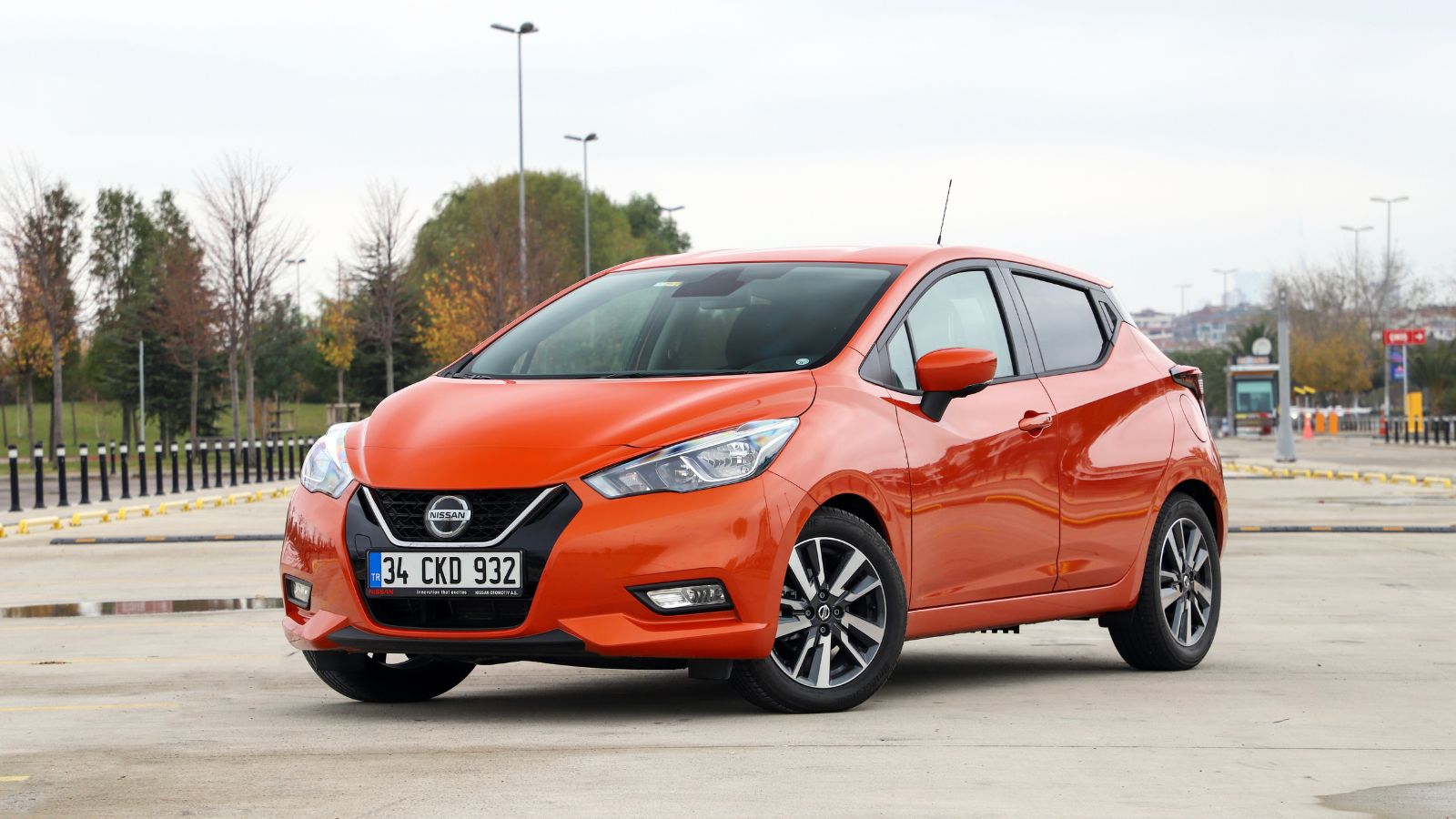
Tiny, affordable, and unapologetically basic, the Nissan Micra found surprising success in Canada while being phased out elsewhere. It became a cult favorite thanks to its $9,998 starting price, as the cheapest new car on the market at the time, and solid handling in urban settings. It even inspired its racing league, the Micra Cup. Despite lacking modern luxuries or serious power, Canadian drivers loved its spunky personality and rock-solid reliability. While many global markets never even saw it, and some phased it out entirely, the Micra felt tailor-made for Canadian cities and first-time buyers.
Dodge Grand Caravan
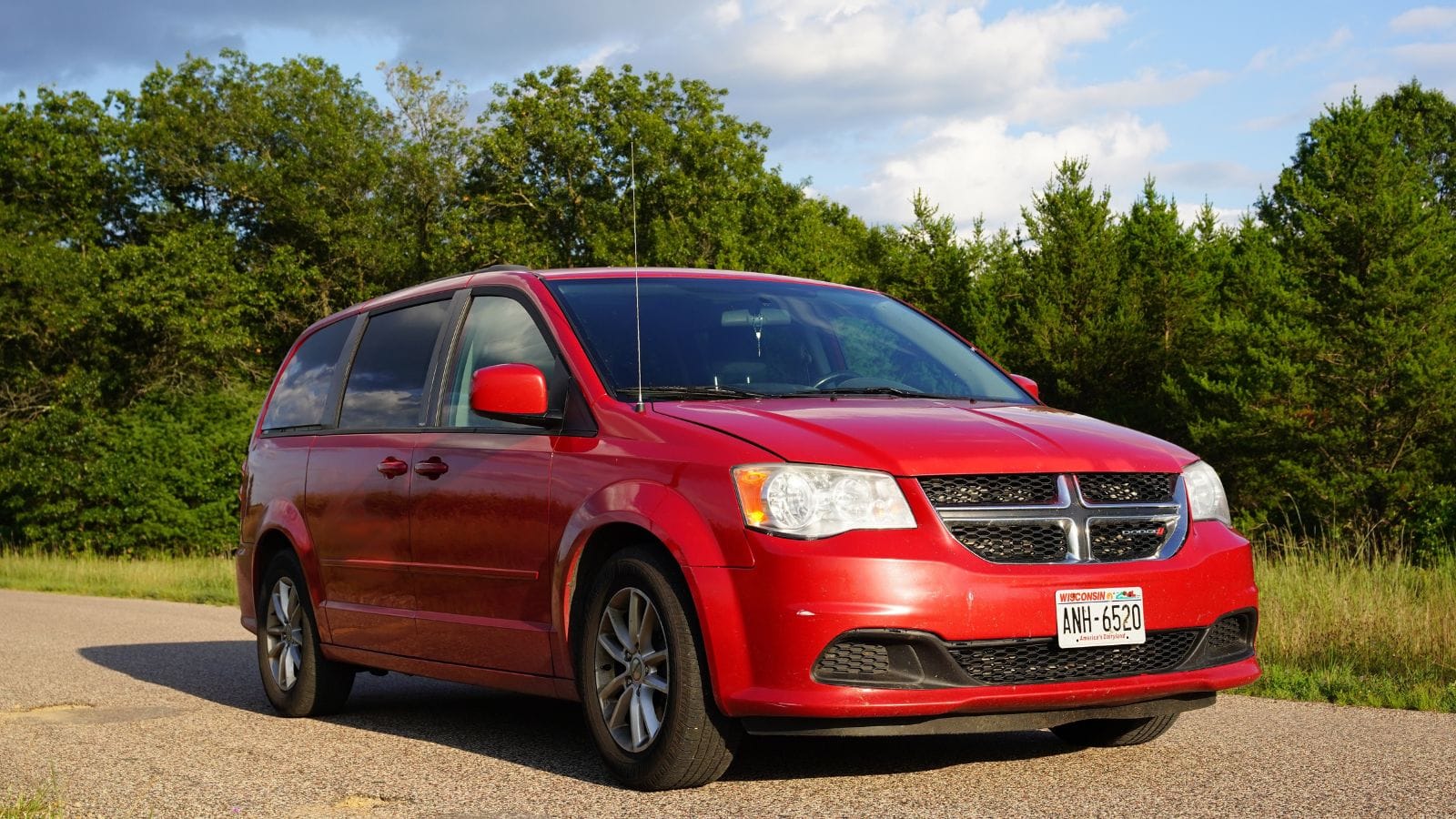
Although minivans have fallen out of favor in much of the world, the Dodge Grand Caravan remains a Canadian staple. Built in Windsor, Ontario, and often sold at aggressive prices, it became the go-to vehicle for families, tradespeople, and fleet operators. Its versatile Stow ’n Go seating and cavernous interior helped it dominate sales charts for years. While Europe and the U.S. shifted toward crossovers, Canadians held on to the practical minivan for longer than most. Even after the FCA officially retired the nameplate, used Grand Caravans continued to fly off dealer lots across the country.
Hyundai Accent Hatchback
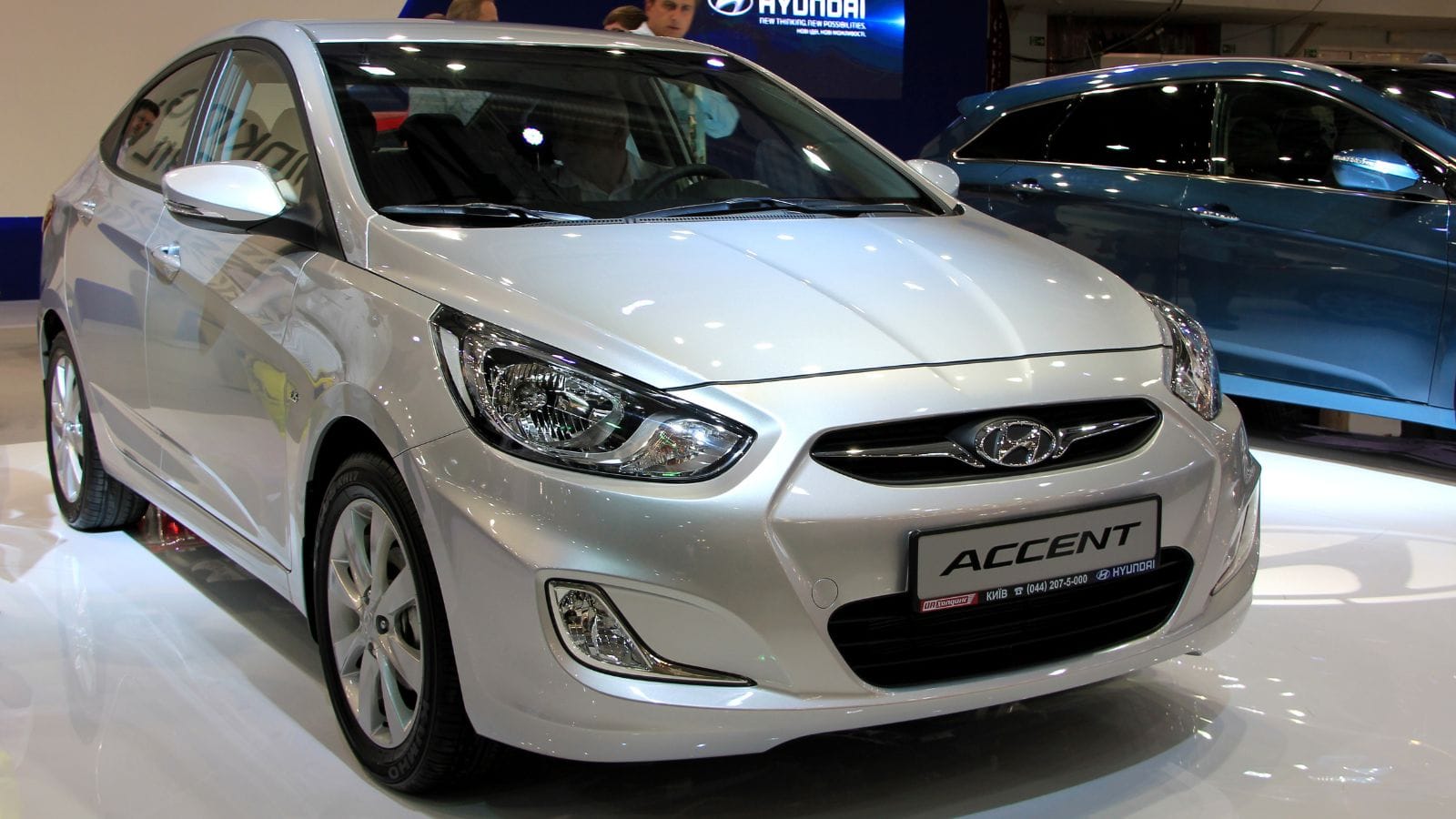
Globally, the Hyundai Accent is regarded as an entry-level commuter car, often overshadowed by flashier compacts. But in Canada, particularly in hatchback form, it has developed a loyal following. With excellent fuel economy, low maintenance costs, and strong winter performance, it became a favorite among students, new drivers, and commuters seeking value for their money. The five-door design offered surprising cargo space, and later models brought improved styling and safety features. While it’s often dismissed as boring elsewhere, Canadian drivers have adopted the Accent hatch as a practical and affordable daily driver that can withstand the country’s harsh weather conditions.
Toyota Matrix

The Toyota Matrix never made a global splash, but Canadians couldn’t get enough of it. Essentially a sportier, hatchback version of the Corolla, the Matrix offered practicality, available all-wheel drive, and Toyota’s bulletproof reliability, all at a reasonable price. It became a go-to option for urbanites and young families who wanted Corolla dependability with a more versatile cargo area. While it struggled to gain traction in the U.S. and was discontinued in 2014, the Matrix remained a favorite north of the border, with many still on the roads today.
Suzuki SX4
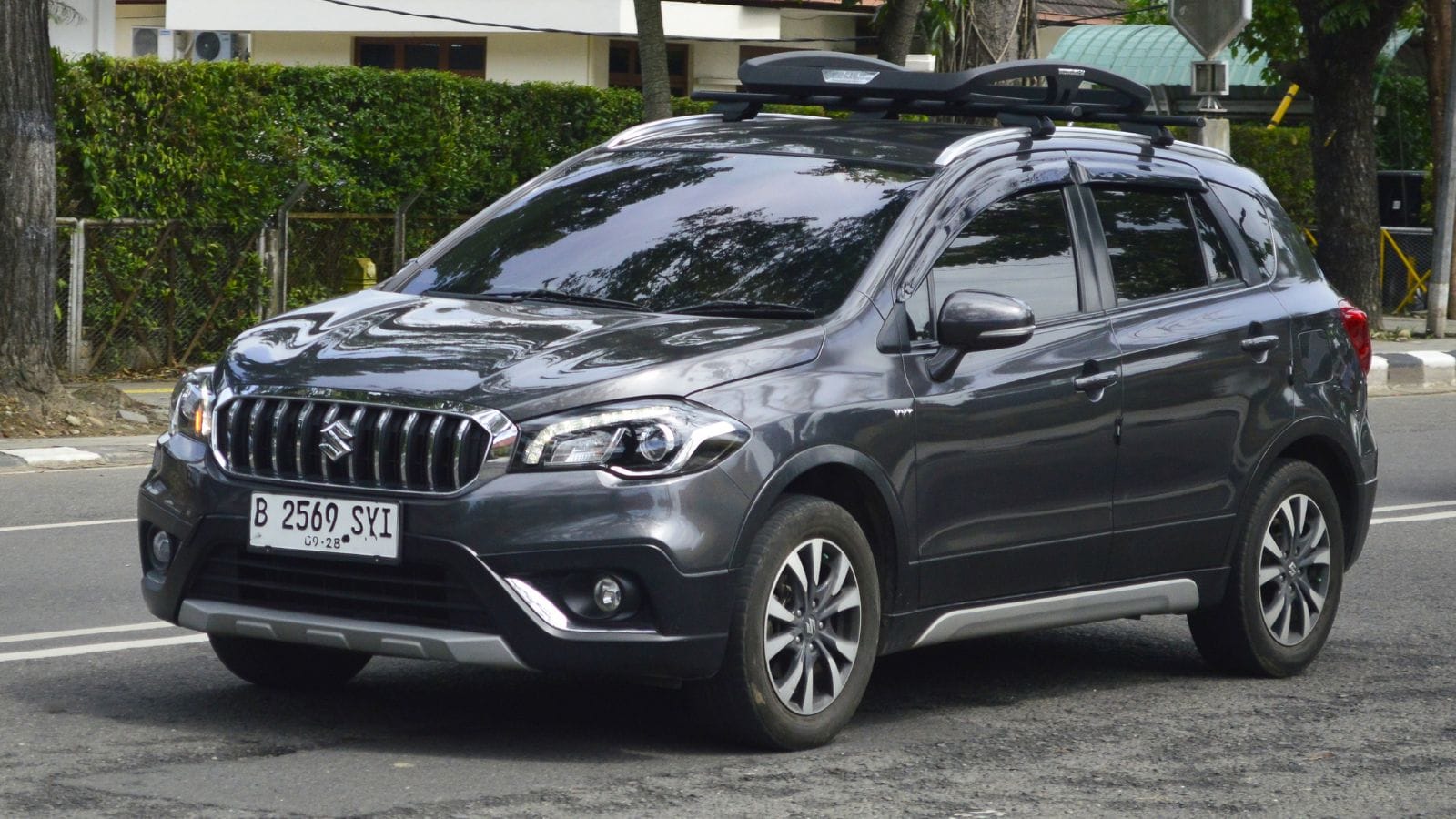
The Suzuki SX4 quietly became a Canadian sleeper hit during its brief run. With a compact footprint, available all-wheel drive, and a reasonable price tag, it was practically built for Canadian winters. Its higher-than-average ground clearance gave it crossover appeal, even though it technically belonged in the hatchback class. While Suzuki’s overall brand presence waned in North America, the SX4 maintained a loyal Canadian fan base due to its rugged charm and resilience. Internationally, it remained obscure and underappreciated, but in parts of Canada, you can still spot them dodging potholes and climbing snowy hills with ease.
Ford Crown Victoria
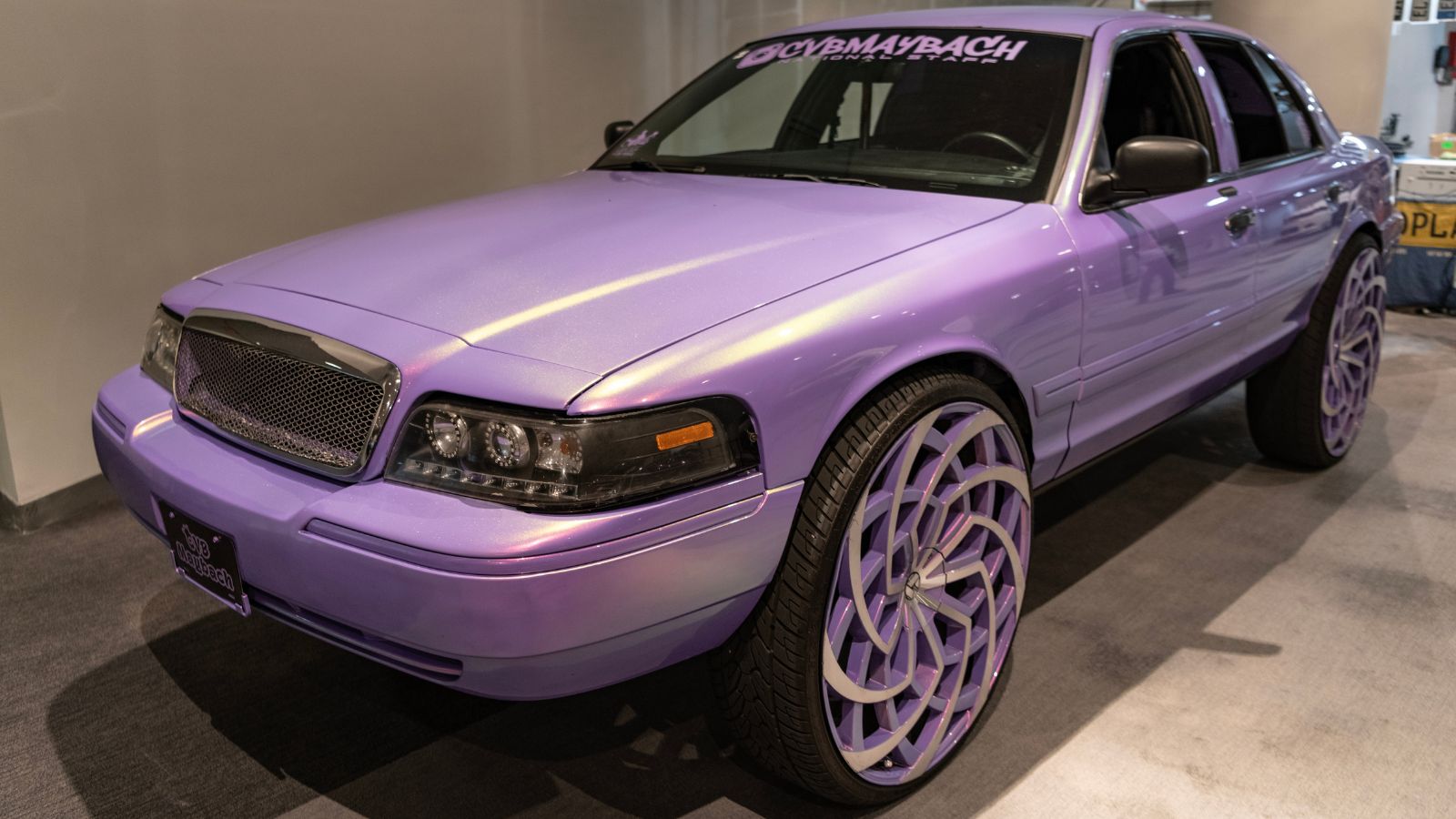
While Americans mostly remember the Ford Crown Victoria as a retired police cruiser or taxi, many Canadians continue to appreciate its simplicity, durability, and sheer size. Its V8 powertrain, rear-wheel drive, and bench seating gave it an old-school charm that is nearly extinct today. Rural Canadians and retirees, in particular, loved the Crown Vic’s roomy comfort and rugged frame, which was ideal for long drives or towing small loads. Although production ended in 2011, the car still has a cult following in Canada, where drivers value its reliability and easy maintenance, while elsewhere, it is seen as outdated.
Mitsubishi RVR
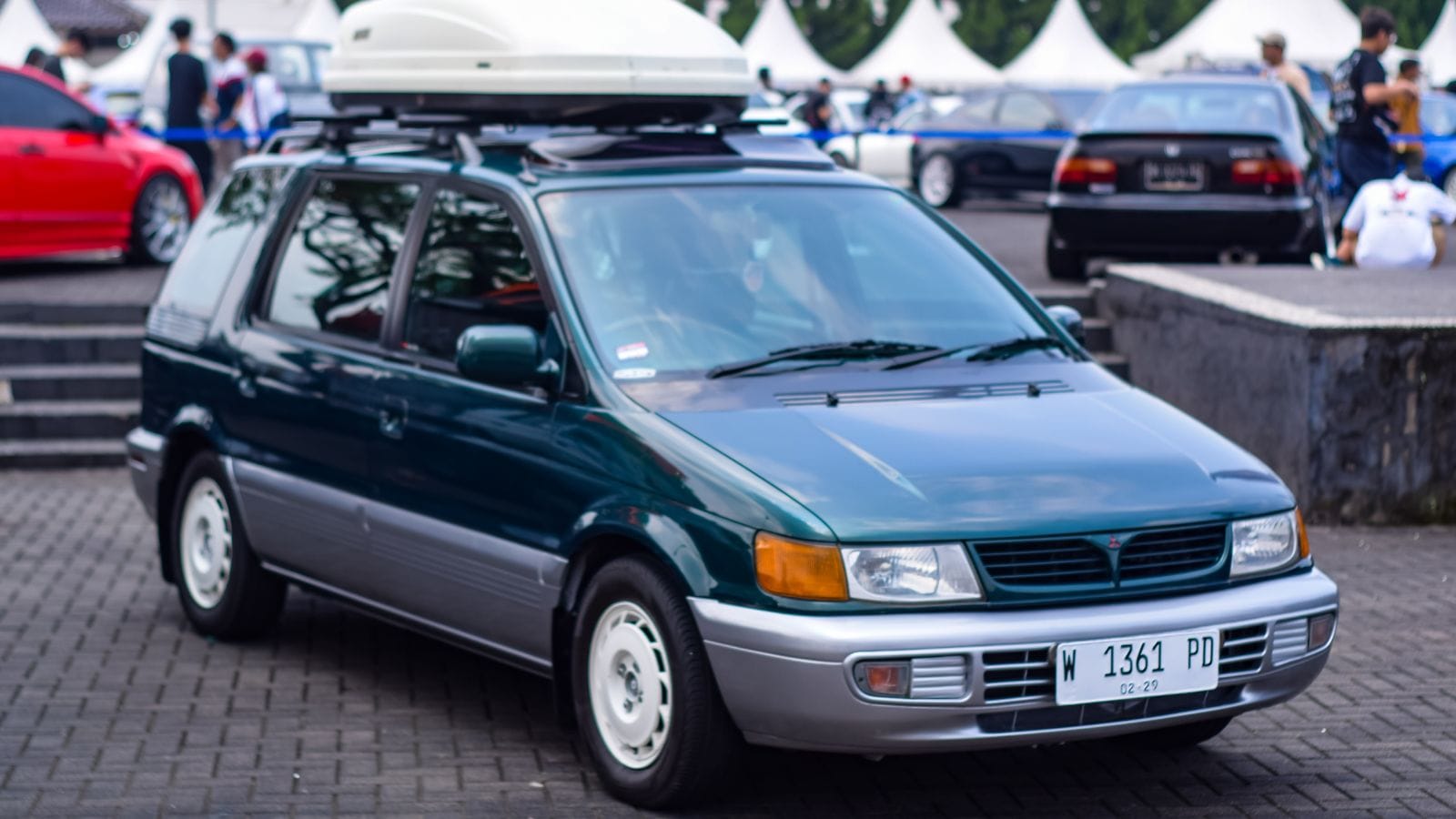
The Mitsubishi RVR, known as the Outlander Sport in the U.S., has surprisingly maintained its longevity in Canada, despite being largely overlooked or phased out elsewhere. It offers Canadians a compact, affordable SUV with optional all-wheel drive and solid winter handling, fitting perfectly into the country’s appetite for small crossovers. It may lack the refinement and tech of newer rivals, but its low starting price, solid warranty, and practical design made it a hit among budget-conscious buyers. While other markets have moved on, Canadians continue to buy the RVR, giving it a second life in snowy driveways and suburban parking lots.
Pontiac Montana SV6
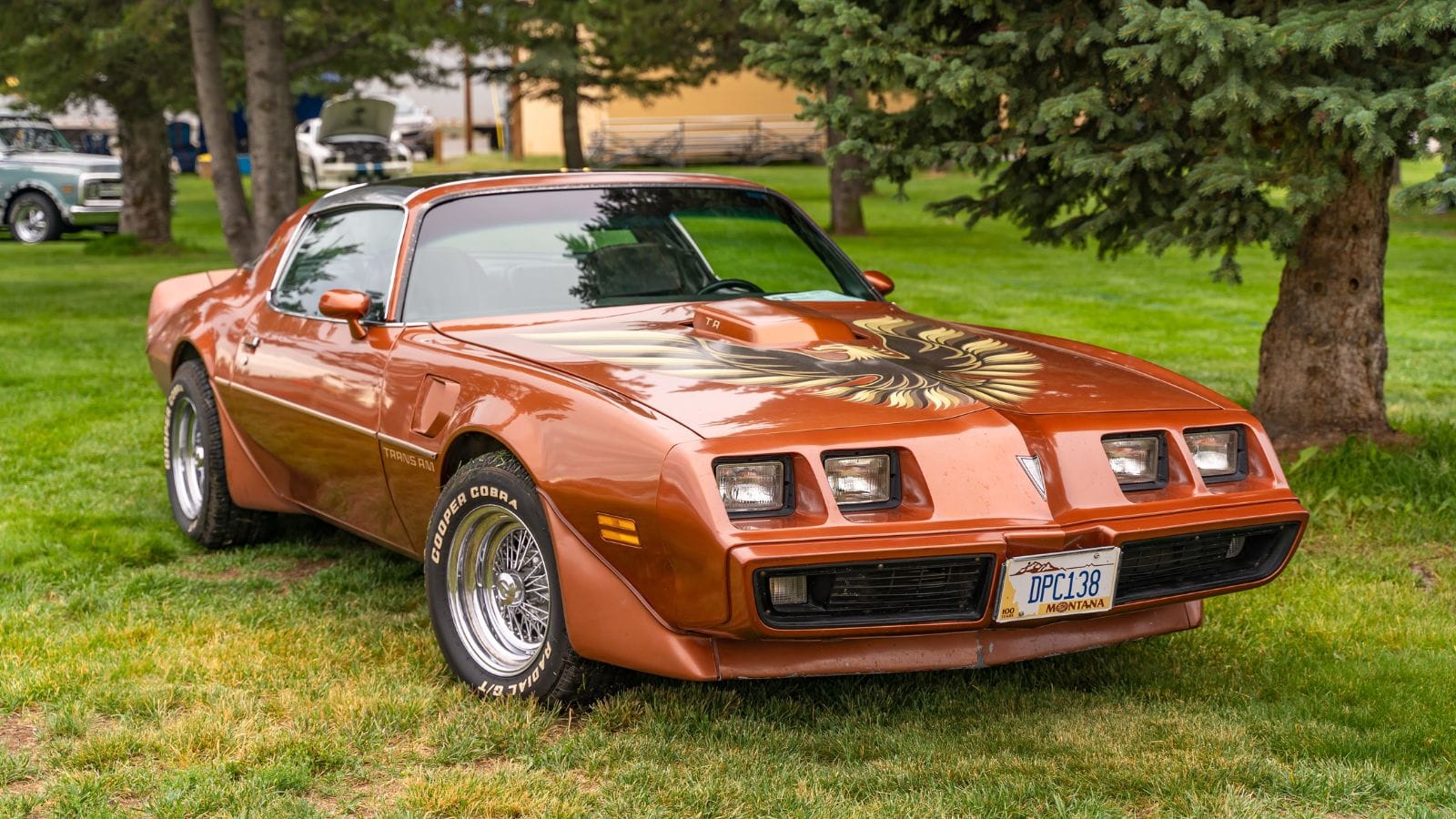
While the Pontiac Montana SV6 was often ridiculed in the U.S. for its clunky styling and sluggish performance, it strangely thrived in Canada. Blending minivan practicality with SUV-inspired looks, it struck a chord with Canadian families who needed space but did not want to pay top dollar. Its optional all-wheel drive helped it stand out during icy winters, and it could tow light trailers, making it a weekend warrior for cottage trips. Despite poor reviews elsewhere, the Montana SV6 earned a solid following in the Prairies and Atlantic Canada as Canadians seemed to value its utility over its lack of refinement.
Pontiac Wave
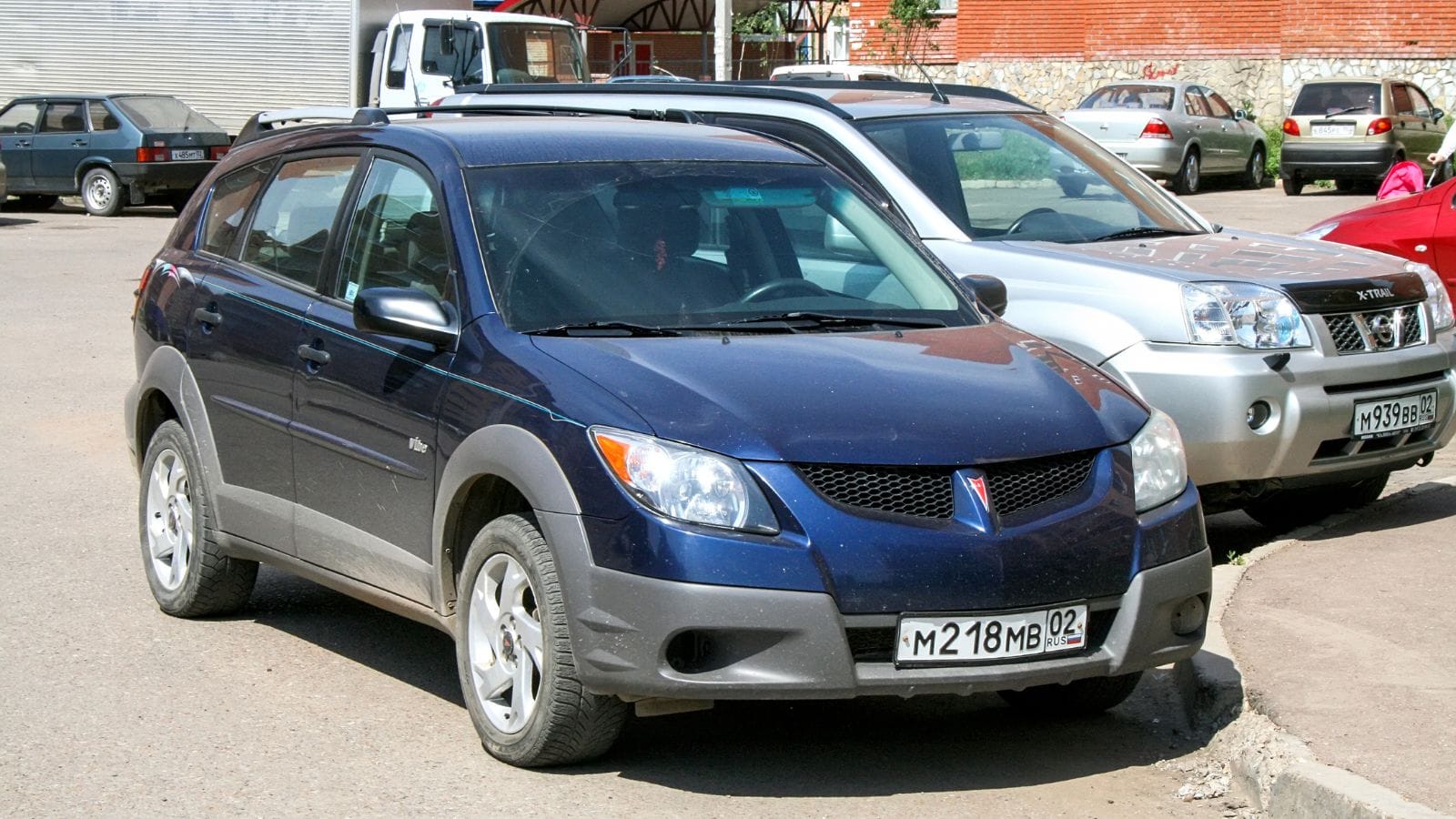
A rebadged version of the Daewoo Kalos, later known as the Chevrolet Aveo, the Pontiac Wave had a short and unimpressive run globally, yet somehow carved out a niche in Canada. It was one of the cheapest new cars available during its time, and that alone was enough to win over price-conscious Canadians. Although often criticized for its lackluster performance, budget interior, and basic features, it gained popularity among students, new drivers, and rural individuals seeking bare-bones reliability. While the Wave was virtually invisible elsewhere, Canadians embraced its no-frills value, making it a common sight in used car lots long after its discontinuation.
Mazda 5
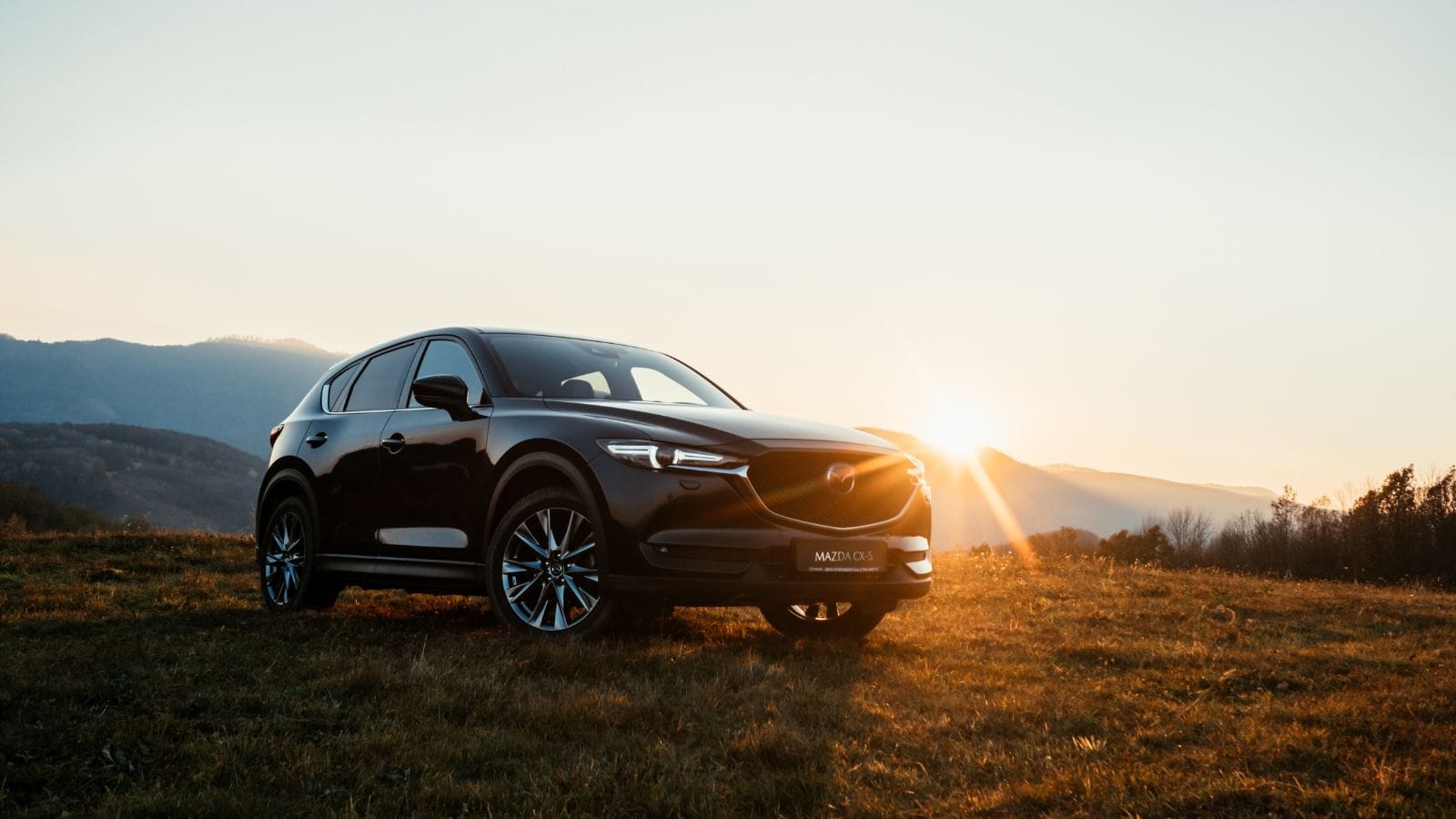
This mini-minivan never really caught on globally, especially in the U.S., where larger SUVs dominated. But Canadians loved the Mazda5 for its blend of car-like handling and minivan practicality. With sliding rear doors, three rows of seating, and surprisingly fun driving dynamics, it offered families something unique in the early 2010s. It could fit into tight city parking spaces yet haul kids and gear with ease. While the rest of the world dismissed it as too small or too weird, many Canadians saw it as the perfect solution for urban parenting without compromising drivability.
Ford Flex
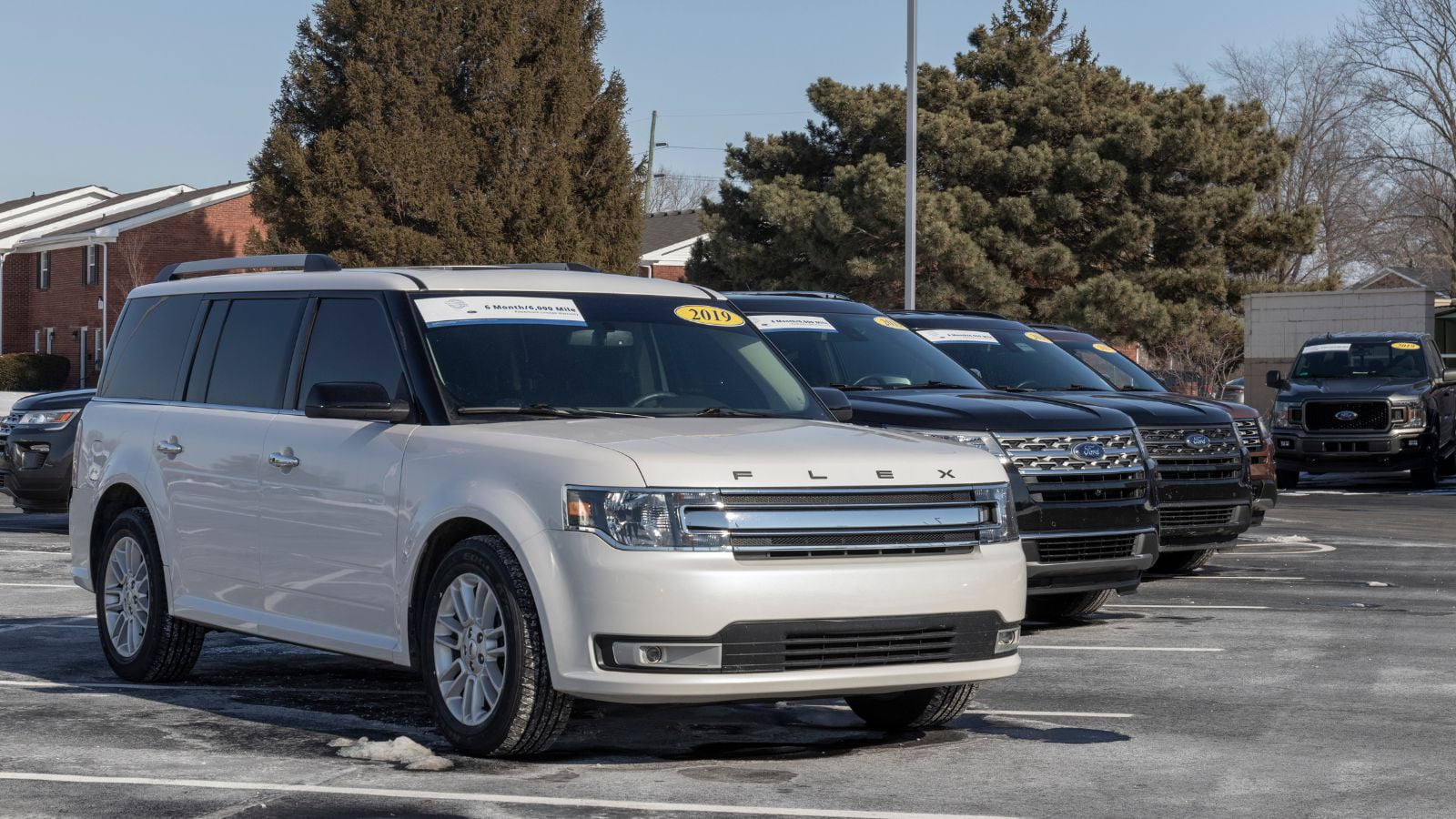
The Ford Flex never found wide appeal in the U.S. or abroad, mainly due to its boxy and unconventional design. But in Canada, it carved out a dedicated following among families who appreciated its roomy three-row seating, low ride height, and surprisingly refined driving experience. Its available all-wheel drive made it especially practical for winter conditions, and its distinct look meant you could always find it in a crowded parking lot. While Americans shrugged and moved on, many Canadian drivers saw the Flex as a sleeper hit that was practical, spacious, and easier to handle than a full-size SUV.
Dodge Journey
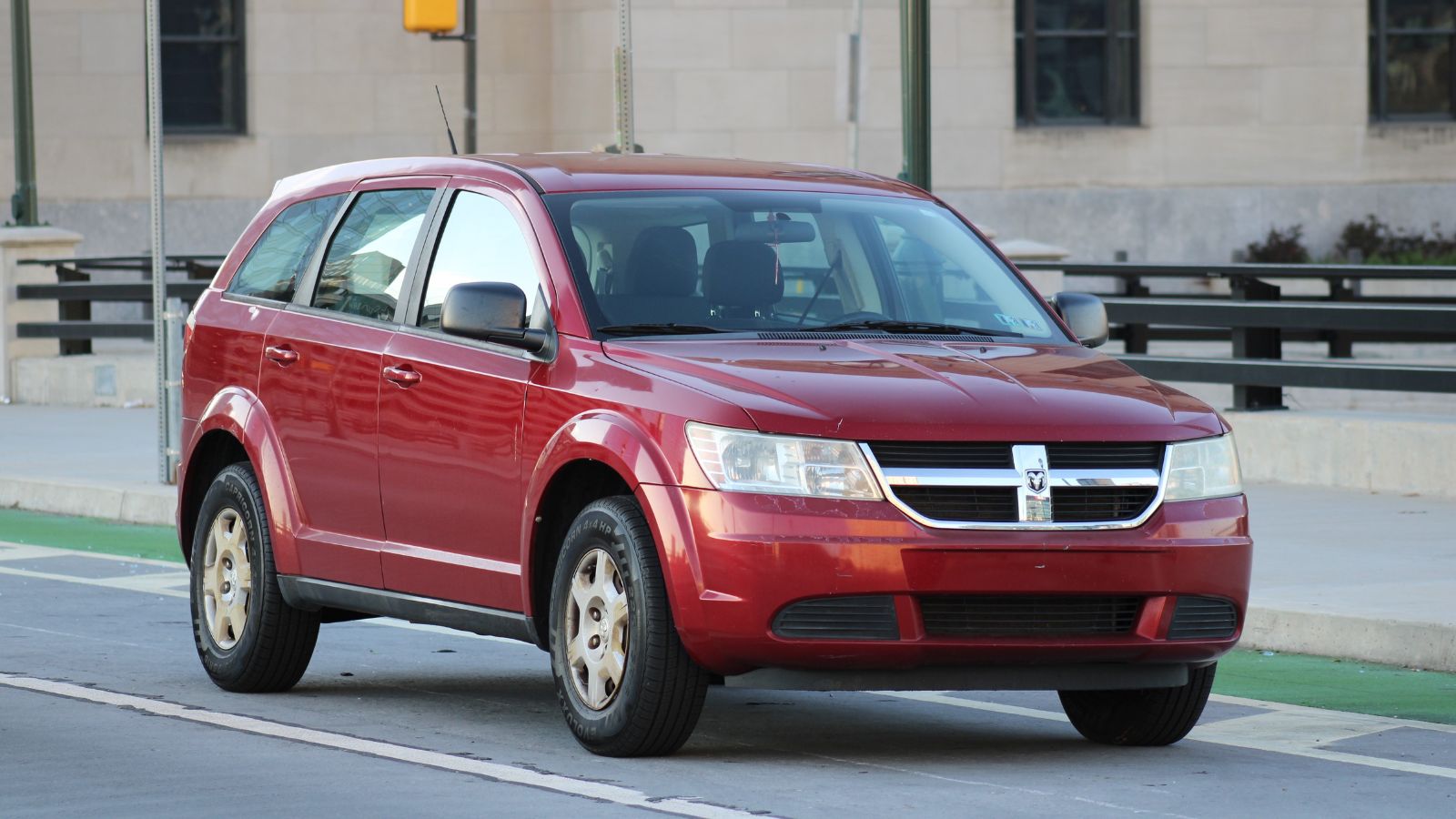
Mocked internationally for its dated interior and underwhelming performance, the Dodge Journey somehow became a best-seller in Canada for years. Its affordability and frequent dealer incentives made it incredibly appealing to budget-conscious families. With optional all-wheel drive and three rows of seating, it fits Canadian lifestyles, especially in suburban and rural regions. While the rest of the world largely ignored or avoided it, the Journey quietly moved units in Canada up until its discontinuation in 2020.
Hyundai Entourage
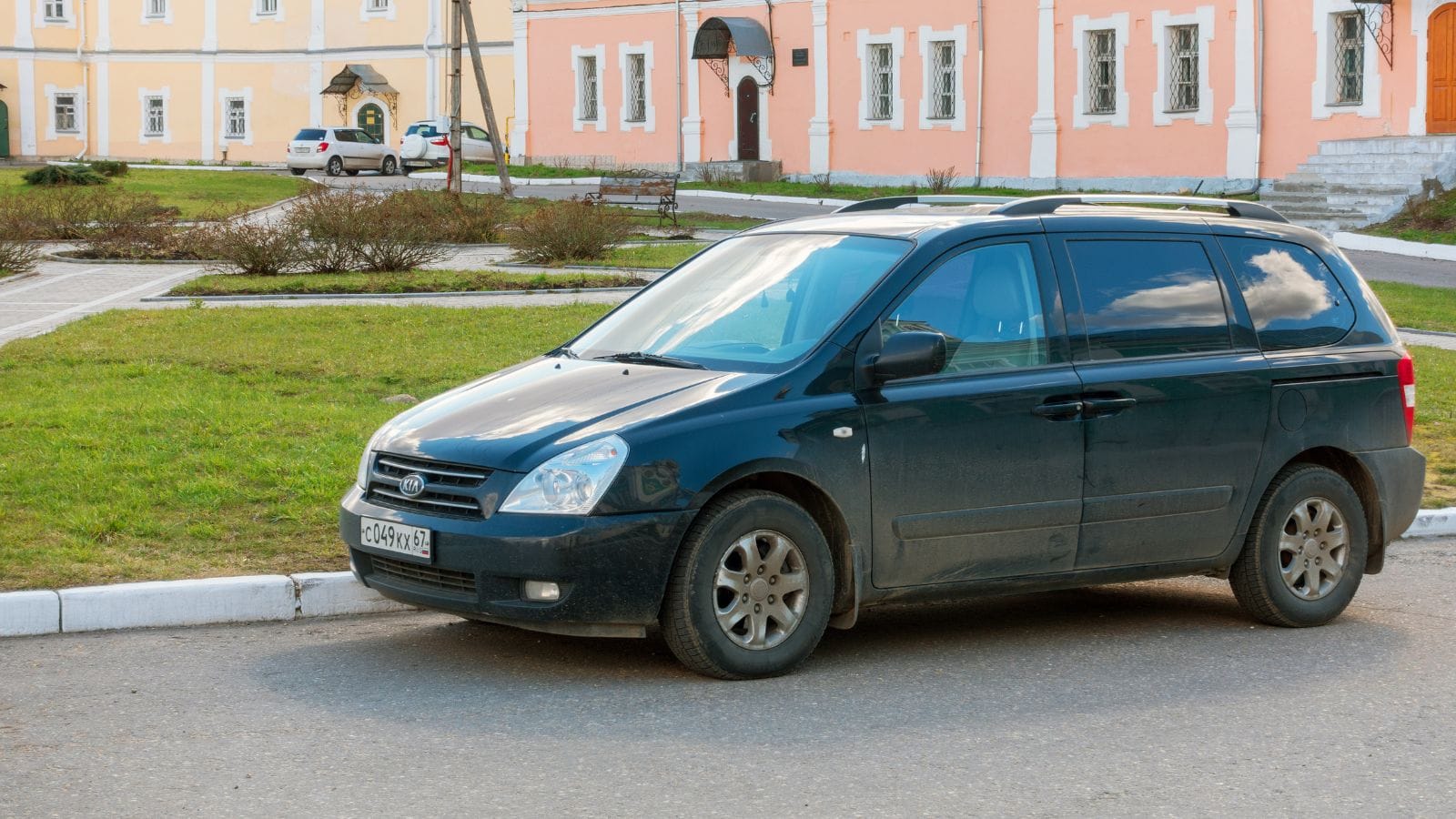
While the Hyundai Entourage minivan did not last long globally and was quickly forgotten elsewhere, it gained modest popularity in Canada among families seeking affordable alternatives to Honda and Toyota. It offered decent power, a roomy cabin, and a suite of safety features, plus Hyundai’s generous warranty, which appealed to budget-conscious Canadian buyers. Though not flashy or particularly innovative, the Entourage served its purpose well, especially in suburban communities. Outside of Canada, it faded away, but for those who owned one here, it was often a quiet favorite for hauling kids, hockey gear, and groceries.
Ford Freestar
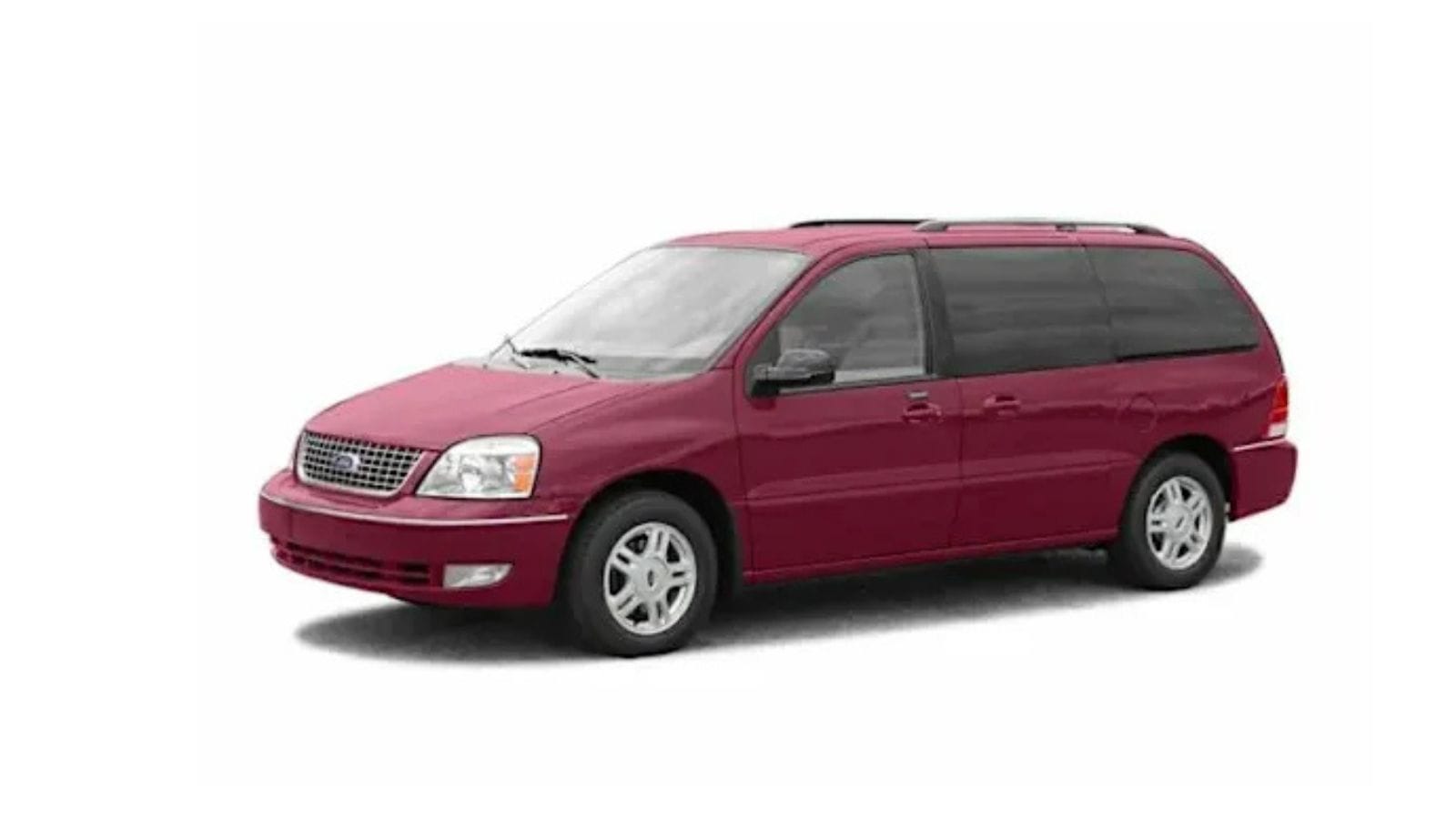
The Ford Freestar wasn’t a global sensation, and many critics considered it a low point in Ford’s minivan lineage. But in Canada, its practicality, simplicity, and affordability gave it surprising staying power. While Americans quickly abandoned it in favor of more refined models, many Canadian families appreciated the Freestar’s workhorse capabilities. With enough space for the kids, hockey bags, and a Costco run, it was precisely what some households needed, mainly used, where it could be had for a steal. However, its dated technology and unimpressive fuel economy did not deter buyers looking for a minivan that got the job done.
Suzuki Swift+
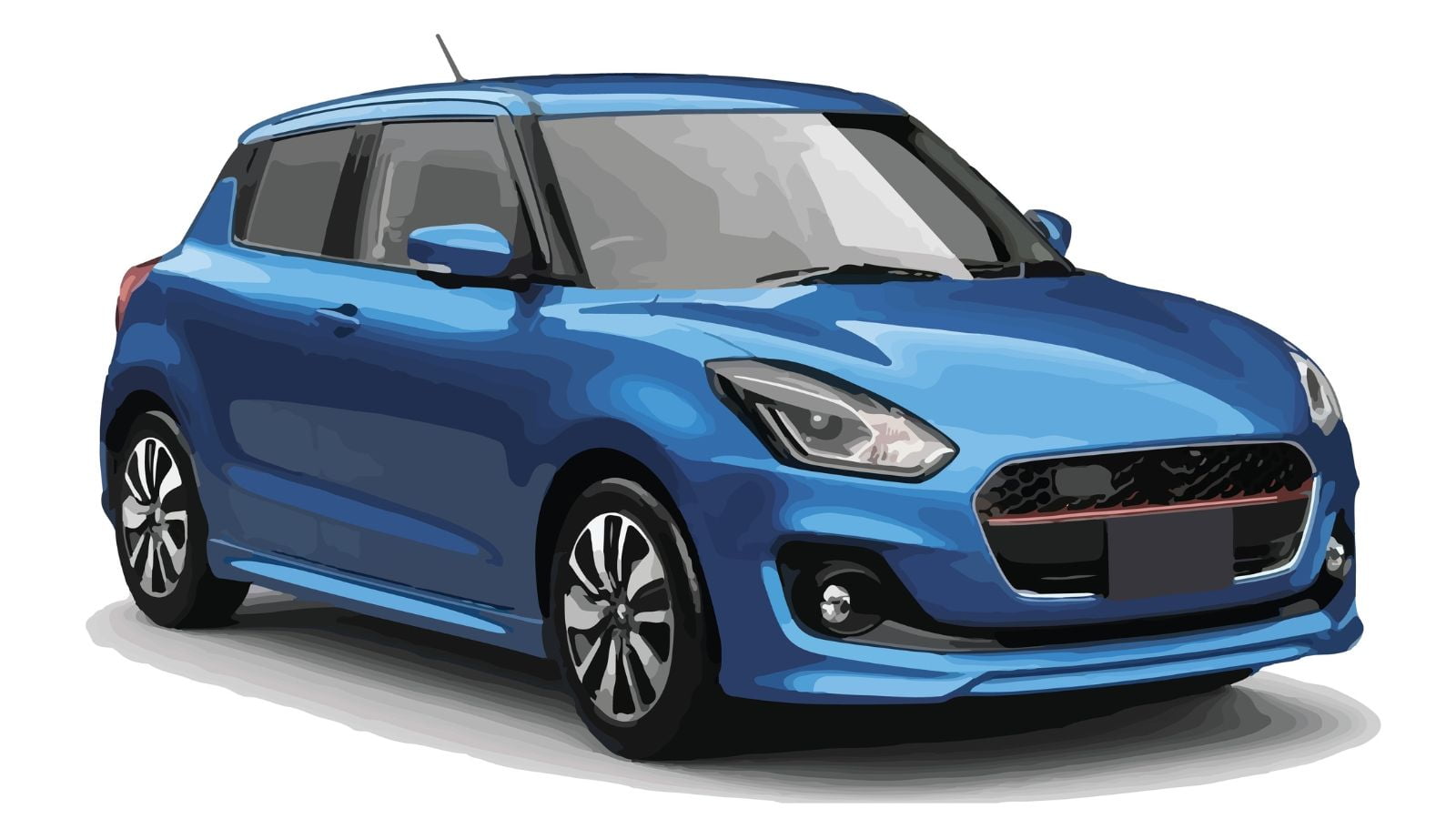
Sold in Canada under the Suzuki badge but based on a Daewoo/Chevrolet platform, the Swift+ quietly found an audience north of the border. Canadians appreciated it for its nimble handling, hatchback practicality, and fuel efficiency, particularly during the rising gas prices of the 2000s. It was cheap to buy, cheap to run, and easy to park. While its global reputation was virtually nonexistent, it became a common sight in both smaller Canadian towns and urban neighborhoods. Most of the world forgot it even existed, but for thrifty Canadians who didn’t mind barebones driving, the Swift+ ticked just enough boxes.
Suzuki SX4 AWD Hatchback

Globally overlooked and now discontinued, the Suzuki SX4 AWD hatchback has maintained a strange cult following in Canada, especially in snowy regions. One of the most affordable all-wheel-drive vehicles available new at the time, the SX4 offered surprisingly good winter performance for a car of its size. Canadians gravitated toward its high ground clearance, rugged stance, and standard AWD, which were features usually reserved for pricier SUVs. While Suzuki exited the North American market entirely, SX4 models remain a popular used buy across Canada, especially in rural and mountainous areas where affordable AWD is king.
Chevrolet Orlando
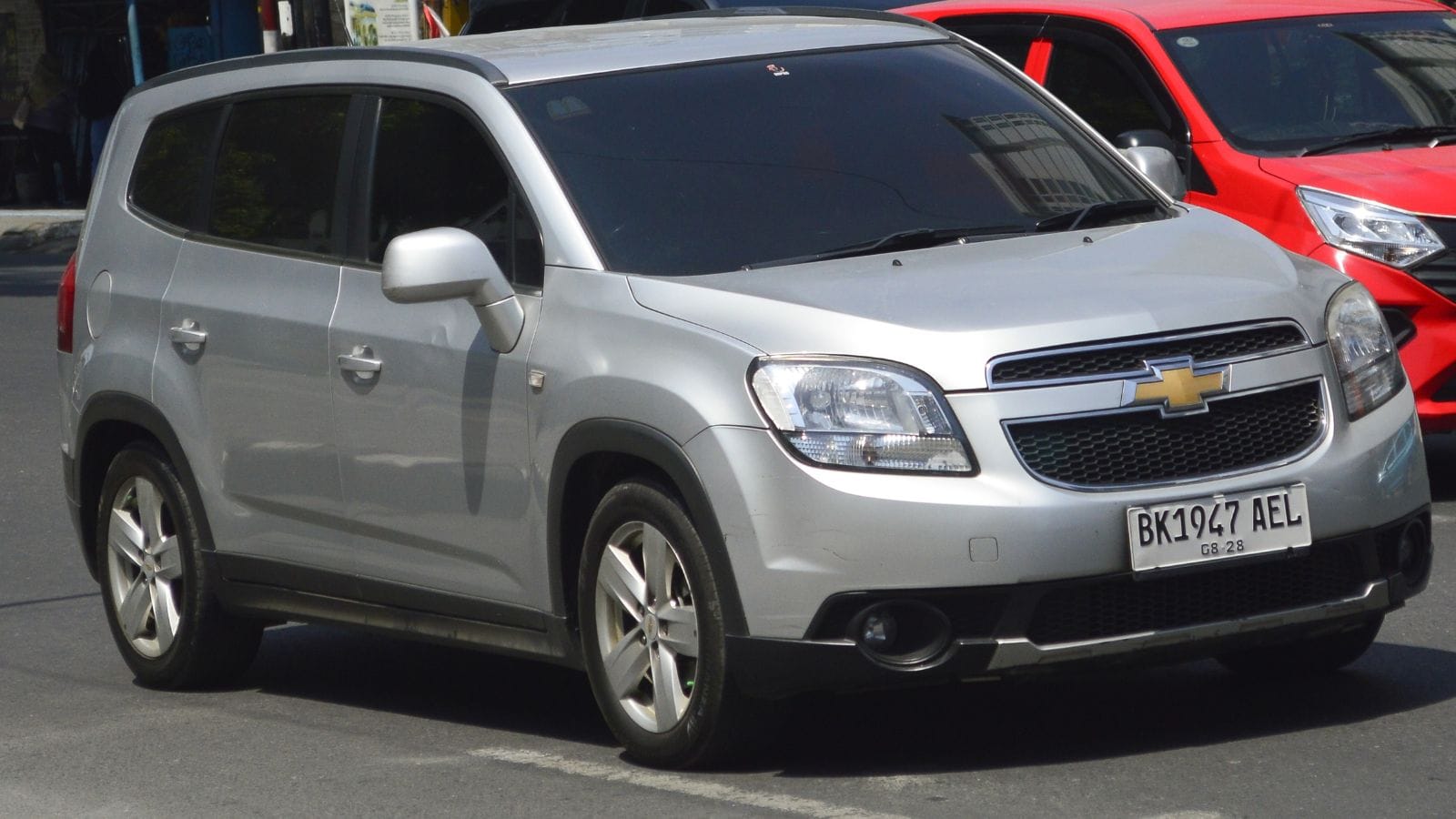
This quirky seven-seater compact MPV flopped in most markets, but had a brief cult following in Canada. Positioned as a low-cost family hauler with surprisingly boxy cargo capacity, the Orlando’s utilitarian appeal resonated with budget-conscious Canadian drivers. It was based on the Cruze platform and offered good visibility, flexible seating, and decent fuel economy. Though critics called its styling awkward and performance uninspiring, it quietly served a purpose in Canadian suburbs for a few short years. The Orlando never caught on in the U.S. and was pulled from Canada in 2014, but those who owned one swore by its value.
Kia Rondo
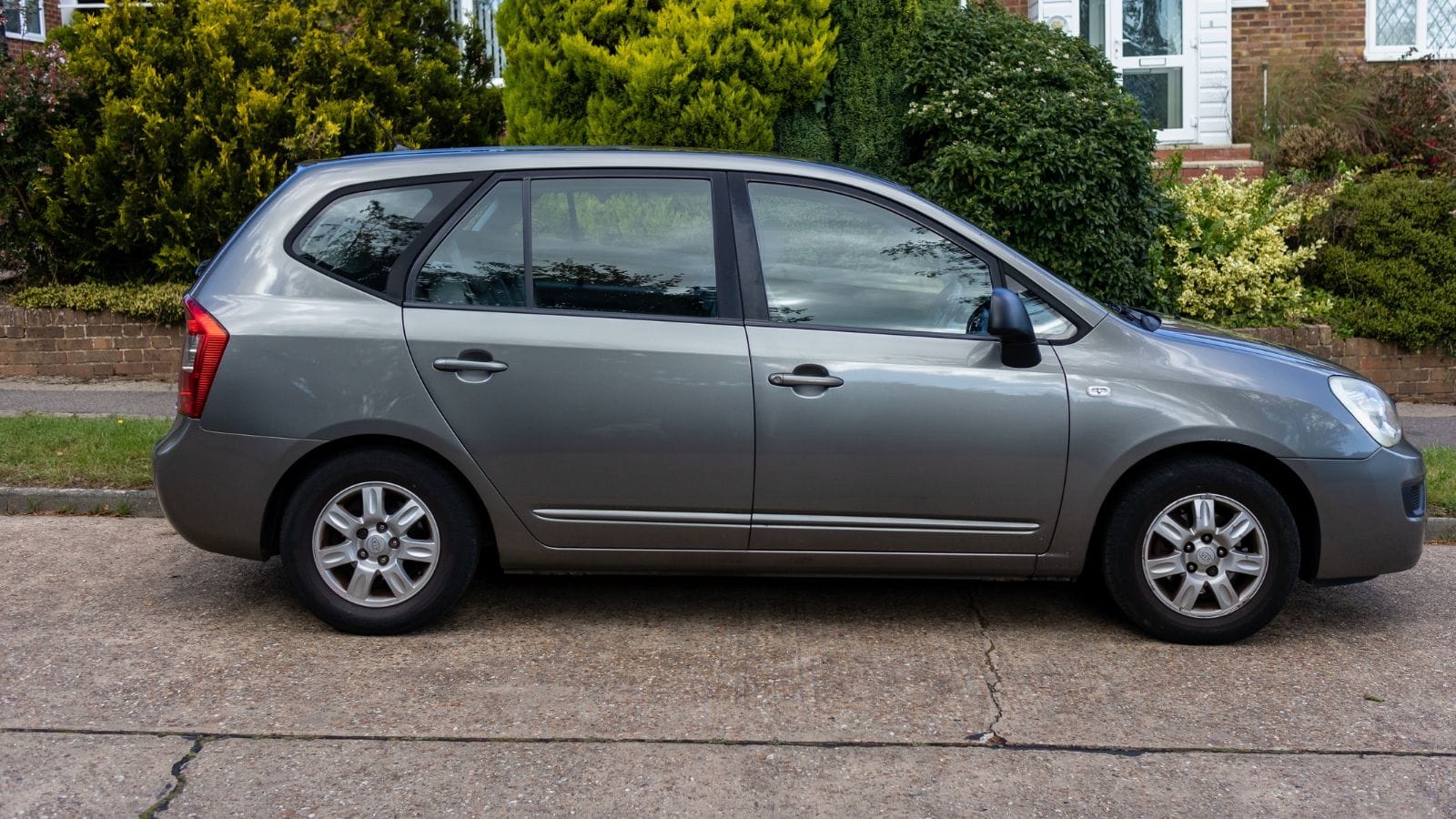
The Kia Rondo was never a global superstar, and many Americans scratched their heads at its MPV-meets-hatchback identity. However, in Canada, the Rondo developed a steady fan base, as its tall profile and spacious interior made it feel like a mini-minivan, without the stigma or the size. It wasn’t flashy, and it didn’t pack much power, but it delivered excellent utility for families and retirees. Offering a third-row seat in such a compact package was rare at the time, and it fit perfectly into Canada’s practical driving culture, as its quiet popularity helped keep it alive long after other markets moved on.
Chevrolet Trax
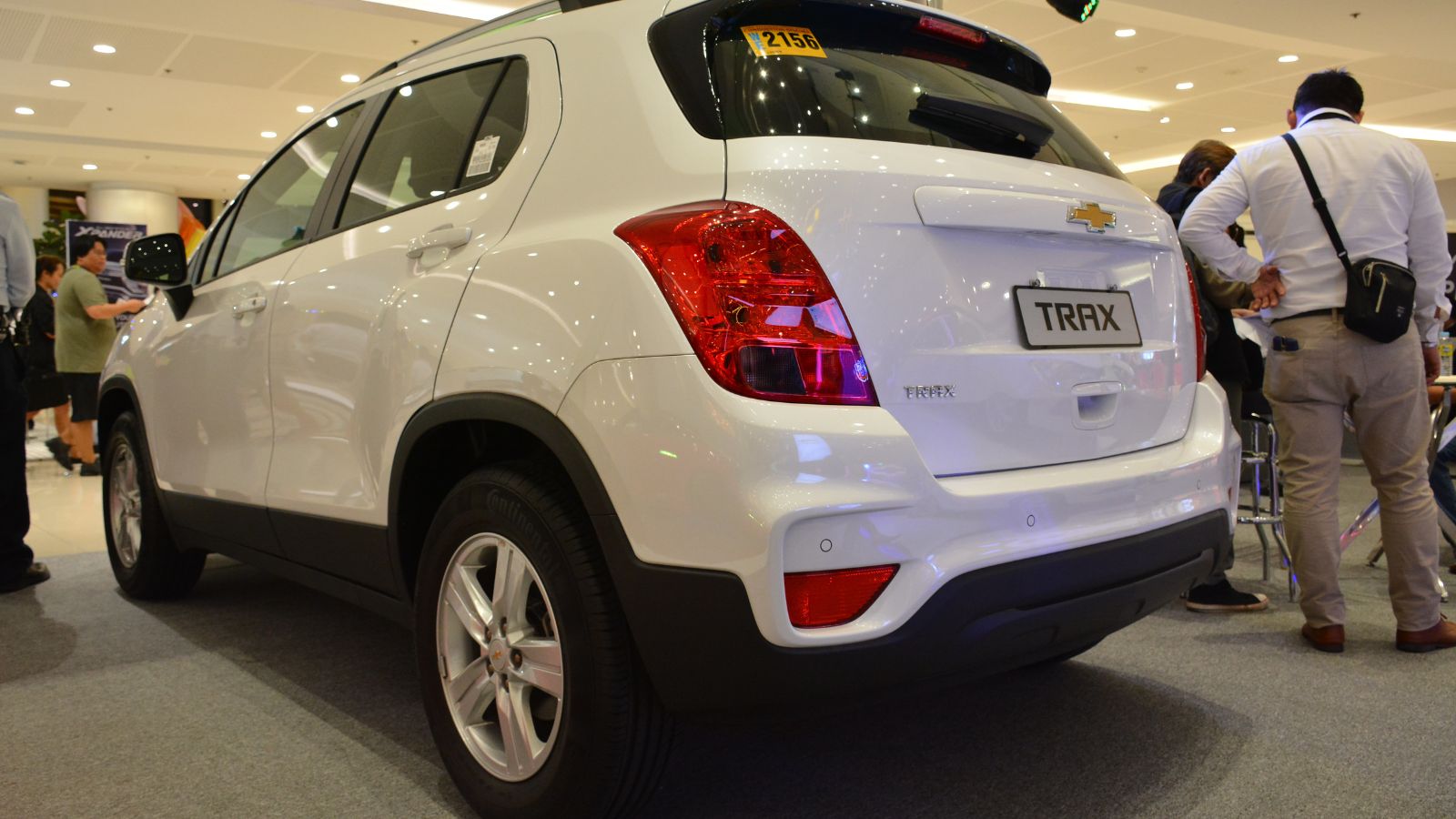
While the Chevrolet Trax is often dismissed globally as a bland, underpowered subcompact SUV, it found a warm reception in Canada. Urban drivers appreciated its small footprint, high driving position, and all-wheel-drive option, which were a rarity in its class. It wasn’t particularly fast or stylish, but it was affordable, easy to park, and surprisingly competent in snow. With a turbocharged 1.4L engine and solid tech offerings for the price, it earned a spot on many Canadian driveways. While global critics never fully embraced it, Canadians saw the Trax as a no-nonsense daily driver built for real-world conditions.
21 Products Canadians Should Stockpile Before Tariffs Hit

If trade tensions escalate between Canada and the U.S., everyday essentials can suddenly disappear or skyrocket in price. Products like pantry basics and tech must-haves that depend on are deeply tied to cross-border supply chains and are likely to face various kinds of disruptions
21 Products Canadians Should Stockpile Before Tariffs Hit
